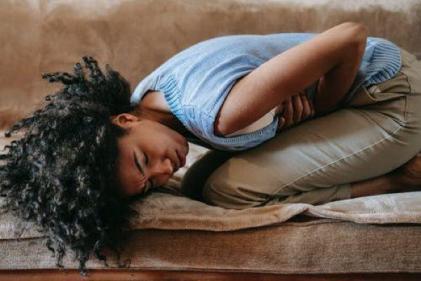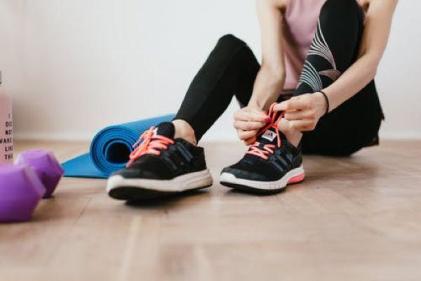Using rubbing alcohol to bring down a child’s fever quickly is an old folk remedy, and while it does work in the short term, in the long term it can do more harm than good.
Rubbing alcohol on the skin evaporates quickly, and it is this evaporation that leads to the child cooling down quickly. However, that rapid cooling can lead to a chill, and the associated shivering. When your child shivers, his or her body takes it as a signal that your child is cold, and raises the temperature again.
Aside from the problem with too rapid cooling leading to more fever, there is also the risk that your child may inhale the alcohol, or that it may be absorbed through his or her skin. That can lead to alcohol poisoning.
A better idea than rubbing alcohol, or a cold bath, is to use a washcloth soaked in cool water to cool your child gradually. You can also try child safe versions of ibuprofen or paracetamol, but never give a feverish child aspirin – that could lead to Reye’s syndrome, which may cause your child to become comatose.
Rubbing alcohol on the skin evaporates quickly, and it is this evaporation that leads to the child cooling down quickly. However, that rapid cooling can lead to a chill, and the associated shivering. When your child shivers, his or her body takes it as a signal that your child is cold, and raises the temperature again.
Aside from the problem with too rapid cooling leading to more fever, there is also the risk that your child may inhale the alcohol, or that it may be absorbed through his or her skin. That can lead to alcohol poisoning.
A better idea than rubbing alcohol, or a cold bath, is to use a washcloth soaked in cool water to cool your child gradually. You can also try child safe versions of ibuprofen or paracetamol, but never give a feverish child aspirin – that could lead to Reye’s syndrome, which may cause your child to become comatose.







